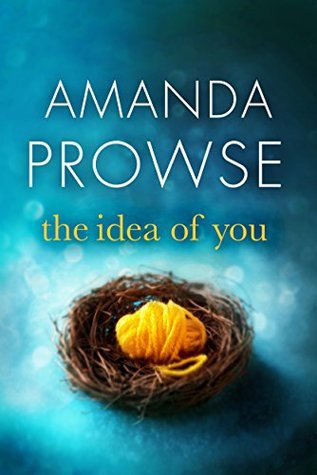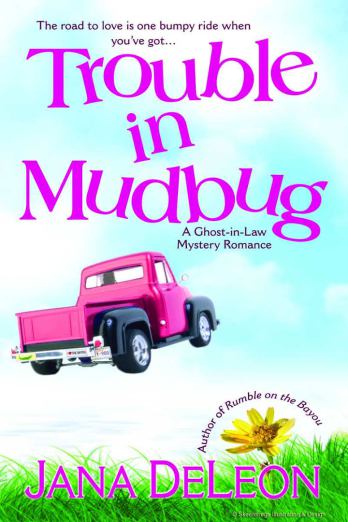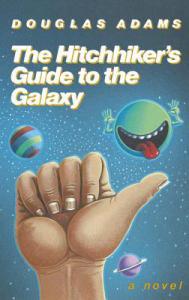 Can waiting to die drive a narrative? While the larger stakes of Karen Thompson Walker’s story The Age of Miracles are high, it’s the small things that really matter.
Can waiting to die drive a narrative? While the larger stakes of Karen Thompson Walker’s story The Age of Miracles are high, it’s the small things that really matter.
Recounting the final years of all life on Earth, Julia discovers bits of joy and sorrow in the personal experiences with the people who move in and out of hers. Organizations dissolve, relationships crumble, people deteriorate. Everyone in the eleven-year-old’s life eventually fades away.
The book turns fatalistic as the planet’s rotation slows. The magnetic field alters, animals die, and plants wither in harsh radiation storms. Despite being adaptable, humans cannot stop an inevitable doom that awaits years out.
And time slows until the future shrinks while the past grows long in the memories of those who remember how the world used to be. Time serves to form symbols and evokes themes. Julia details her views of how others see and value the world around them. A cast of characters reveal something that they treasure most: Seth Moreno seeks love and belonging (as does Julia); Her grumpy grandfather cherishes family as does her father, who takes a roundabout journey through a detour of an affair with a neighbor.
Perhaps my only issue with this book is that the main character is mostly passive. She’s only eleven, so it sort of makes sense. And there’s nothing for her or anyone else to really accomplish in the end, anyway. But this passivity does make the book somewhat tedious to read through, only to be redeemed by a heart-wrenching ending.
Share this:




